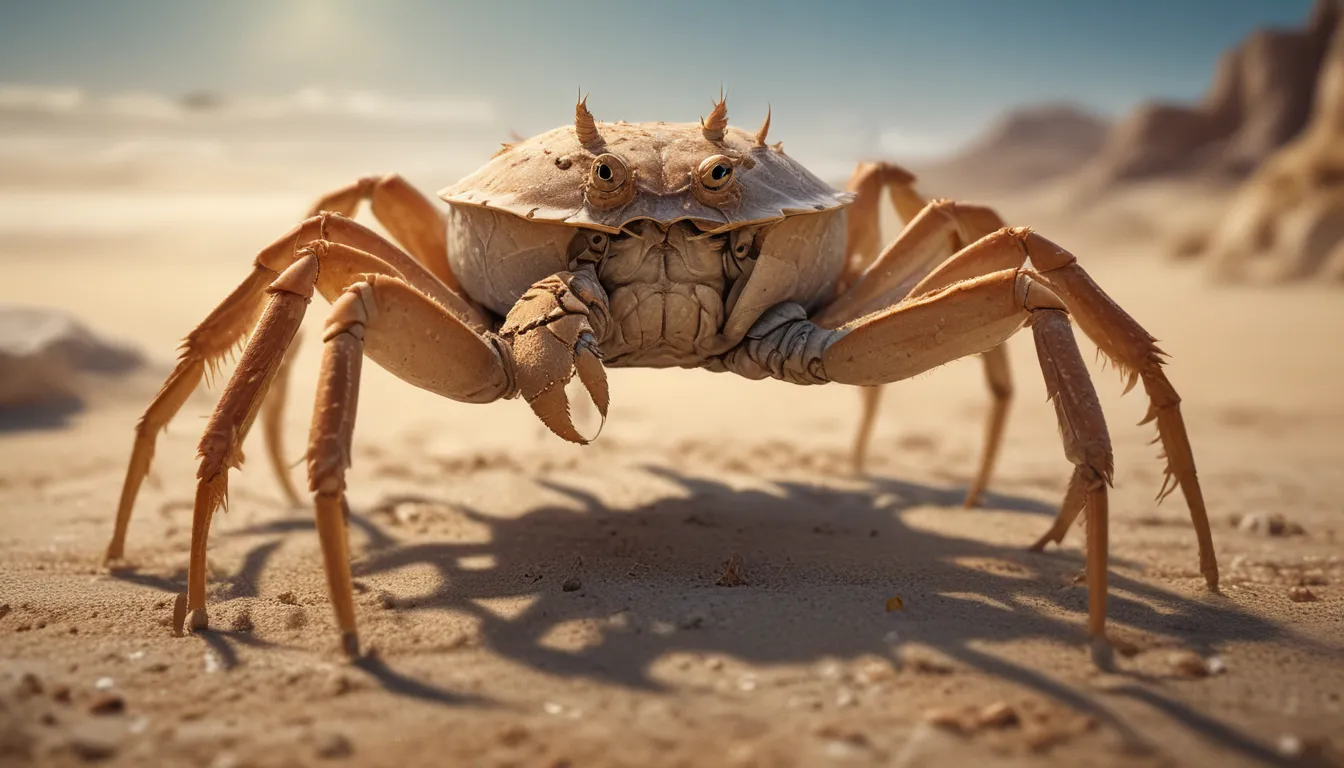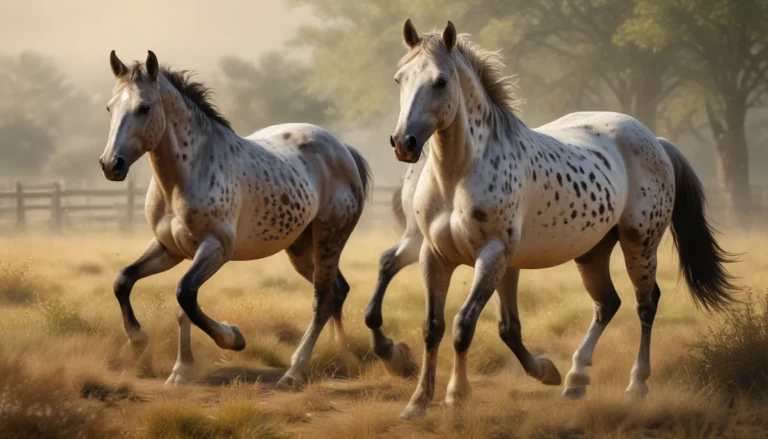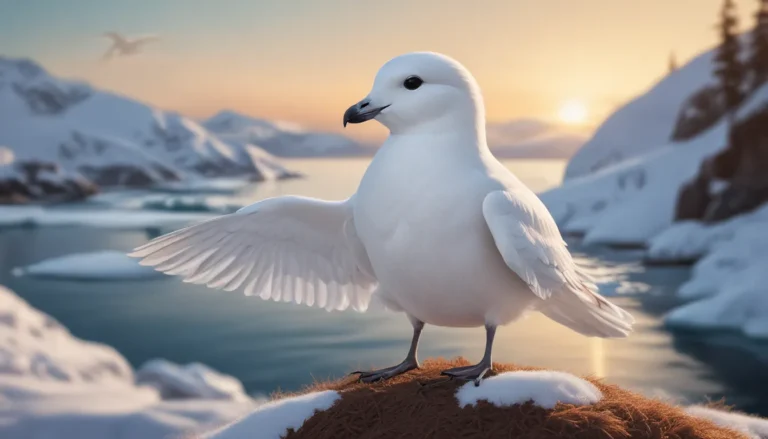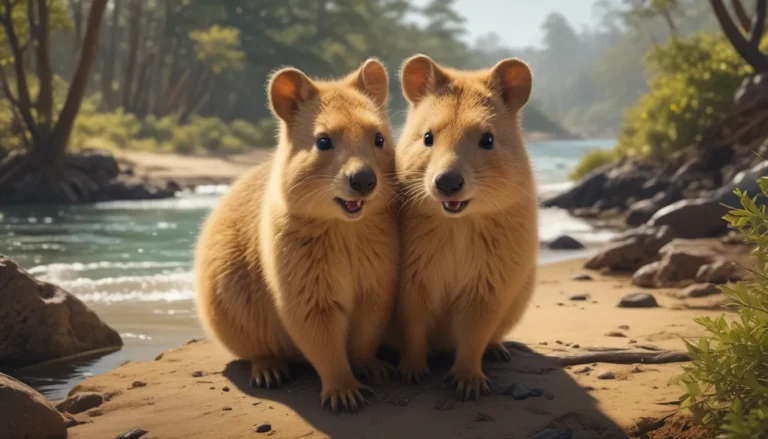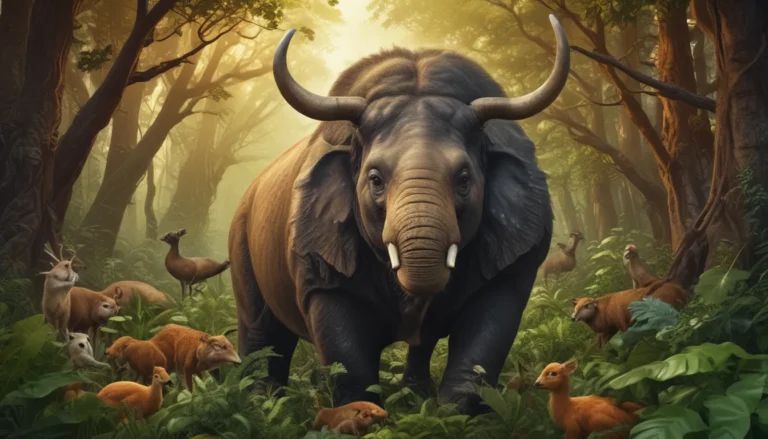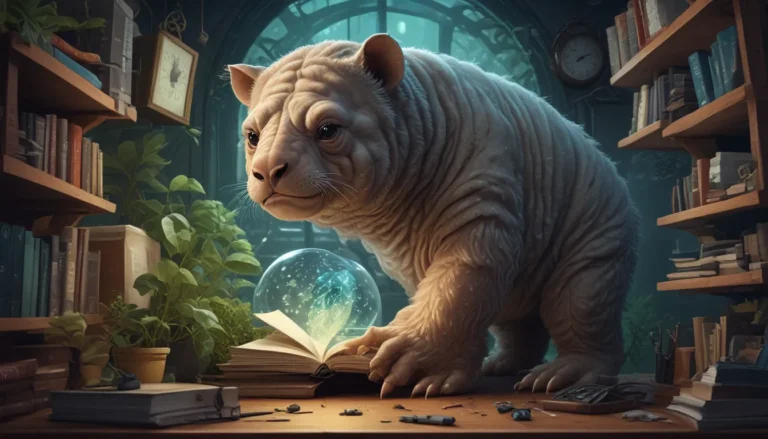The pictures we use in our articles might not show exactly what the words say. We choose these pictures to make you interested in reading more. The pictures work together with the words but don’t take their place. The words still tell you the important facts.
Welcome to the captivating realm of ghost crabs! These intriguing creatures, also known as sand crabs or beach crabs, hold a mysterious allure with their nocturnal habits, exceptional speed, and remarkable adaptations. Join us as we delve into eighteen fascinating facts about ghost crabs, shedding light on their unique characteristics and vital role in coastal ecosystems.
Unveiling the Secrets of Ghost Crabs
Ghost crabs are nocturnal beings that spend their days nestled in burrows along sandy beaches, emerging under the cloak of night to scavenge for sustenance. Their ghostly appearance, with pale coloring that blends seamlessly with the sand, grants them the ability to vanish from sight, earning them their ethereal moniker.
Their compound eyes grant them exceptional vision, allowing them to detect movement and perceive both predators and potential prey from a distance. Remarkably, ghost crabs can move with incredible speed, scuttling across the beach on their legs and even running backward in a straight line.
The Adaptable Nature of Ghost Crabs
Ghost crabs are supremely adaptable creatures, capable of tolerating a wide range of temperatures and salinity levels in diverse coastal environments. Their specialized gills enable them to extract oxygen from both air and water, ensuring their survival in their sandy habitat.
These omnivorous scavengers feed on a variety of food sources, from small animals to plant matter and debris washed ashore. Their large claws serve multiple purposes, aiding in burrow excavation, defense, and prey capture. Male ghost crabs boast one claw larger than the other, a feature used in combat for mating rights.
The Mystique of Ghost Crab Behavior
Sound plays a pivotal role in ghost crab communication, with these crustaceans producing distinct noises by rubbing specialized structures on their legs together. As they grow, ghost crabs undergo molting, shedding their exoskeletons and developing new ones to accommodate their increasing size.
Ghost crabs are skilled sand engineers, crafting intricate burrows that provide protection from predators and help regulate moisture levels. Their unique reverse hop serves as an evasive maneuver when threatened, propelling them backward to elude predators.
The Essential Role of Ghost Crabs in Coastal Ecosystems
These enigmatic creatures play a significant role in beach ecosystems, aerating the sand, controlling populations of small organisms, and serving as a food source for other animals. Ghost crabs are integral to nutrient cycling processes and contribute to the overall balance of coastal habitats.
While these captivating creatures have a relatively short lifespan of two to three years in the wild, they leave a lasting impact on their environment. Found in coastal regions worldwide, ghost crabs blend seamlessly with their surroundings by changing the color of their pincers, aiding in camouflage and evasion.
Exploring Ghost Crab FAQs
-
How do ghost crabs get their name?
Ghost crabs derive their name from their pale coloration, enabling them to blend effortlessly with the sandy beaches they inhabit. -
What do ghost crabs eat?
Ghost crabs are omnivorous scavengers, consuming small invertebrates, plant matter, and detritus found on the shoreline. -
How fast can ghost crabs run?
Ghost crabs showcase impressive running abilities, reaching speeds of up to 10 miles per hour on land with their powerful hind legs. -
Do ghost crabs burrow?
Yes, ghost crabs are adept diggers, constructing burrows in the sand for shelter and protection from predators. -
Are ghost crabs dangerous?
While ghost crabs may pinch if threatened, they are not considered dangerous to humans. Respect their habitat and observe from a distance. -
Can ghost crabs change colors?
Yes, ghost crabs can alter their color to blend with their surroundings, adapting to different beach environments. -
Where can ghost crabs be found?
Ghost crabs inhabit sandy beaches along the Atlantic coast and Gulf of Mexico, thriving in warm tropical and subtropical regions. -
How long do ghost crabs live?
Ghost crabs typically have a lifespan of 2 to 3 years in the wild, with some individuals potentially living longer under favorable conditions. -
Are ghost crabs nocturnal?
Yes, ghost crabs are primarily active at night, emerging from their burrows to forage under the cover of darkness. -
Do ghost crabs have predators?
Ghost crabs face predators such as birds, fish, and other crustaceans in their natural habitat, contributing to population control.
Embracing the World of Ghost Crabs
In conclusion, ghost crabs captivate us with their speed, agility, and remarkable adaptations that enable them to thrive in coastal ecosystems. These nocturnal beings weave a tale of mystery and resilience, showcasing the intricate interconnectedness of life on sandy shores. As we marvel at the diversity of wildlife around us, let ghost crabs stand as a symbol of the boundless wonders awaiting exploration in our oceans.
Our dedication to delivering reliable and engaging content stems from a commitment to authenticity and accuracy. Each fact shared is a contribution from individuals like you, ensuring a wealth of diverse insights and information. Trust in our pursuit of quality and reliability as we embark on a journey of discovery and learning together.
